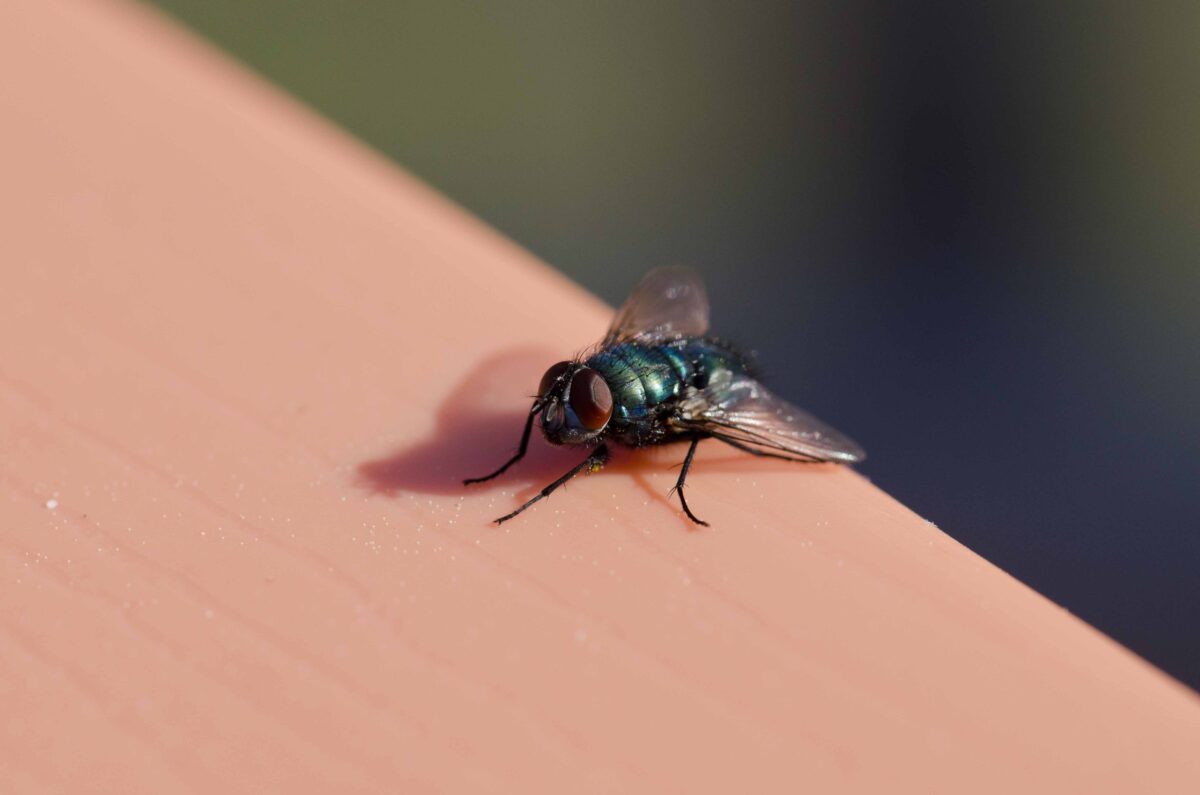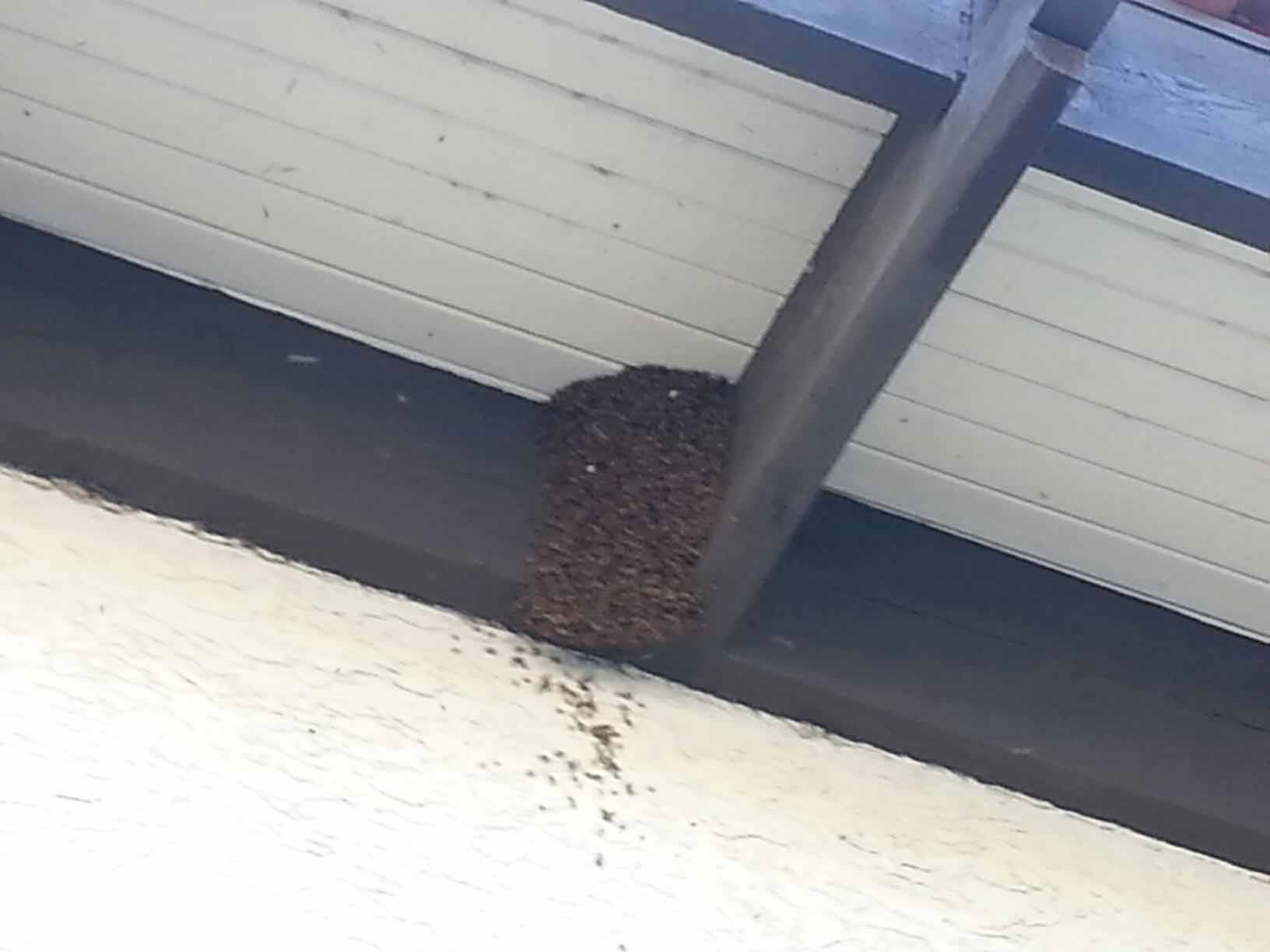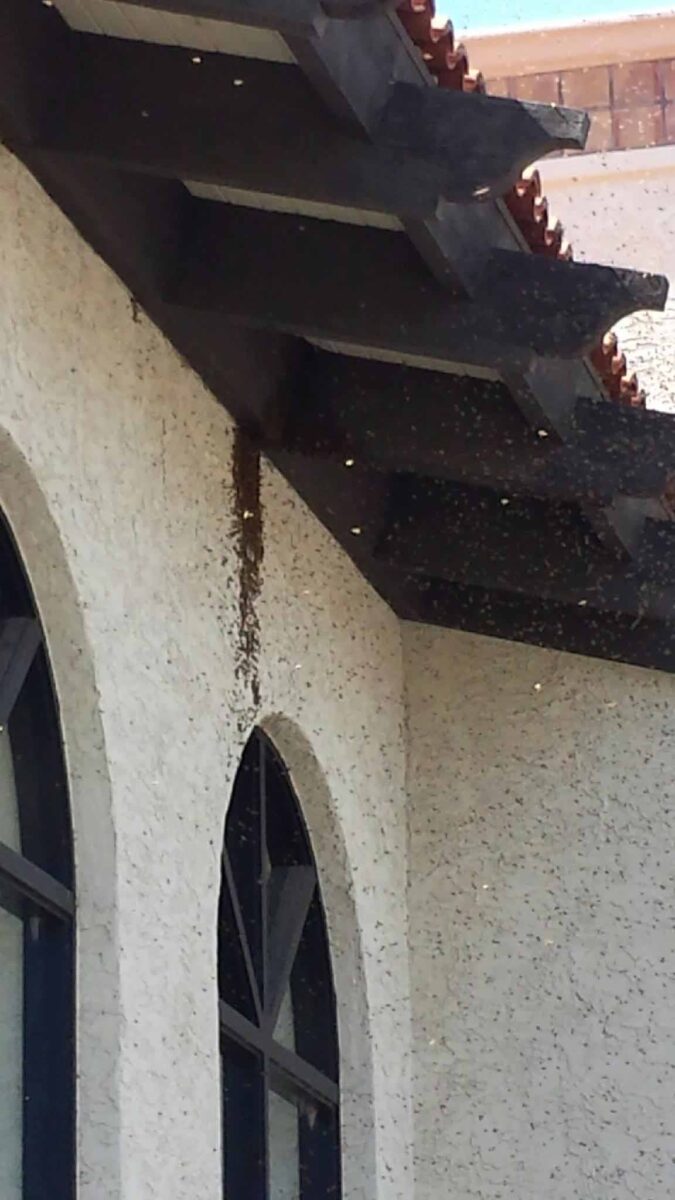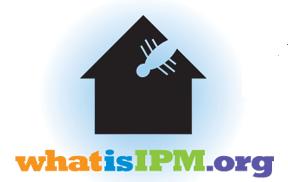Given the space or lack thereof – bugs will make their way into your home or business. Pests have adapted to us, just look at German Roaches they will use exploit our weaknesses and hitch a ride home to our kitchens or businesses. Bed Bugs are very much the same, they will hide in luggage or shoes and boom they are in our house ready to feed off any family member they can find.
Home-sealing is by far the best way to keep out those pests. Caulking, door sweeps and fixing screens are an excellent way to keep pests out. IPM or Integrated Pest Management is the way to think when it comes to protecting your family.











